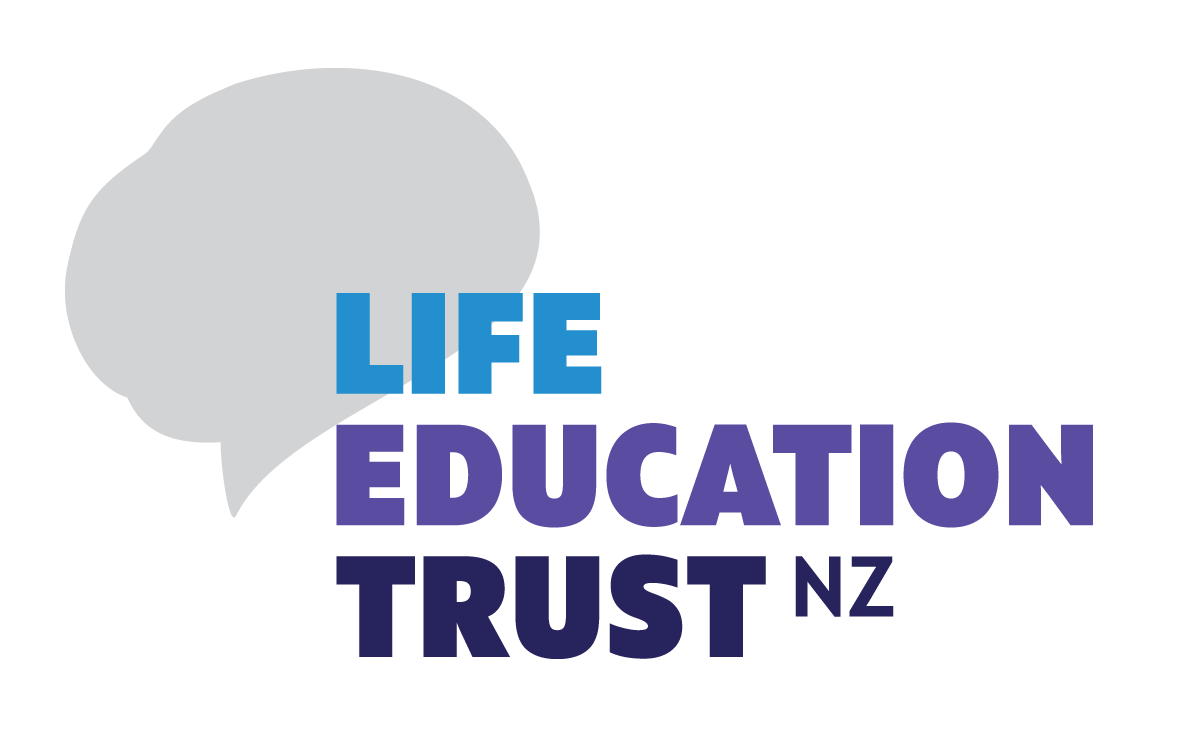Supporting our students with specific learning needs
|
|
Schools across Aotearoa are required to have inclusive classrooms, with a growing number of students who have specific learning needs. Educator Rebecca Coaton has extensive experience in specialist schools and is currently working with adults with disabilities at Idea Services. She shared some strategies that might help meet the needs of students with particular requirements in the classroom. |
Use of language
Language is evolving and fluid however consider using inclusive language. Start by noticing and listening to how the student you are talking with is identifying themselves.
If in doubt go with person centred language, for example a child with a vision impairment or child with ADHD. When describing the classroom environment an example could be children with specific learning needs.
Look for positive and supportive language and treat students as normal. Remember that each child is an individual.
Environment
If you do have students with specific requirements, check in on your classroom environment and be aware of how some noises and visual stimulus might impact students.
Before you start a lesson check the sensory input of the classroom and where possible minimise what you can. If you’re watching a video check the volume or the brightness. Are there lots of lights flashing, can you keep the door open? If possible, keep the sessions short.
Interruptions
Knowing that each student is unique can help with understanding different behaviours. Sometimes it’s hard to carry on when students appear disruptive or can’t settle. However, where you can, just roll with it. If the other students don’t react to certain behaviours, then carry on! If you have a teacher aide, ask them to join in and help those students who are having difficulty settling. Go with the flow as best you can.
Keep things simple
Speak slowly and simply! Short simple concise language and sentence structure is recommended. Language can be overwhelming so keep it simple - for example sit here vs come over to the mat or toys in basket vs let’s tidy up.
Do things at the student’s pace if possible. Use visuals where you can and accept a student’s answer - no matter how random it is.
Tips:
A simple game to start the lesson.
This game is a simple way to get students connected and ready for learning.
Energy Ball
Everyone stands up
Rubbing hands together
Rub faster
Feel the energy
Pull hands apart
Feel the energy ball
Now twist to the side
Bring your energy ball across your body
Back to the other side
Twisting your energy back and forth
Now can we stretch our energy ball out wide – make it really big can we turn it back and forward
And shrink down to really small and push energy into tummy
Now we’re all ready for learning
Some useful resources
Makaton is a communication programme, especially designed to help children and adults with communication and learning difficulties to better understand our speech and develop their own communication skills. There are some simple tools to start with that might be useful for the classroom and some of your students.
In the Green Zone is a game resource that helps children get to know each other. It’s simple and can be used across the classroom to enable conversation and involve students in learning.
